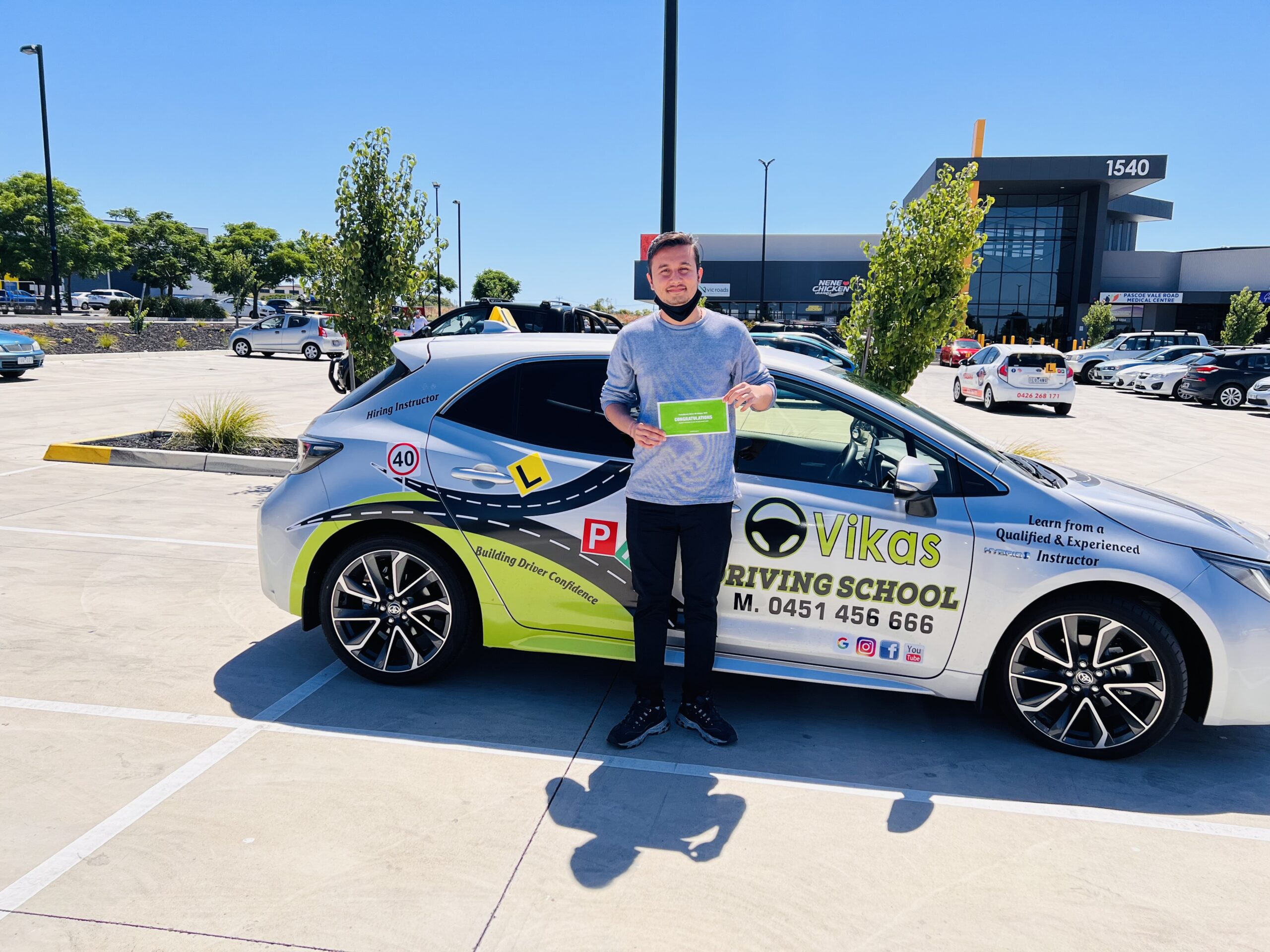Make sure you have your seatbelt on. Take note of what I’m saying. Don’t go faster than the posted speed limit.
To get your driver’s licence, you had to be familiar with fundamental safety principles such as these. Moreover, as a rookie driver, you most likely complied with these regulations to some extent. But do you continue to do so?
The data indicates that this is not the case. There has been a considerable increase in the number of automobile accidents, major injuries, and deaths during the previous two years. An estimated 8,730 persons died as a consequence of automobile accidents in the first quarter of 2021, according to estimates. This is an increase of more than 10% over the same time in 2020.
It may be tempting to blame COVID for these results. However, this is not the case. After all, when more and more jobs and schools moved to rural locations beginning in early 2020, individuals spent less time on the road. In spite of the fact that there will be fewer drivers on the nation’s streets and roads in 2020, the number of traffic fatalities will increase.
Let’s take a deeper look at how driving behaviour has evolved and talk about what we can do to make the roads safer.
In what ways did drivers’ behaviour change as a result of the pandemic?
The distracted behaviour of holding and chatting on a mobile phone had the biggest increase throughout this time period, with a 16.8 per cent increase in prevalence. Driving School in Melbourne while typing and reading emails and messages while driving has both seen considerable increases in recent years.
Why has there been a move toward more risk-taking? Because there are fewer automobiles on the road, there is minimal or even no traffic congestion and the demand for police presence is decreased. Many thrill-seekers couldn’t say no to the opportunity presented by empty highways with no one looking. Is this, however, the sole factor contributing to the increase in fatalities? Sadly, the answer is no in this case.
What are the most common causes of automobile accidents?
Everywhere we go, technology is right at our fingertips, and our automobiles are no exception. Distractions from the road might include GPS navigation, satellite radio, and even altering the temperature for our passengers. Thus, it should come as no surprise that distracted driving is the leading cause of motor vehicle accidents in the United States today.
And it isn’t simply technology that causes us to get distracted. Eating in the vehicle, looking at our hair in the rearview mirror, or looking at people on the sidewalk diverts our attention away from the road and increases the likelihood of an accident occurring. And, as a global epidemic has taken up much of our attention, our thoughts might sometimes divert our attention away from what is practically in front of us.
This is difficult enough on its own, but when you throw in things like stress, weariness, or intoxicating drugs into the equation, you have a prescription for catastrophe. Stress and weariness levels have grown for a large proportion of the population as a result of COVID, as has the usage of alcoholic beverages, marijuana, and other recreational substances.
Also growing more prevalent is the tendency for people to drive more aggressively and to break speed limits by greater margins. All of these factors combine to produce a hazardous driving environment for both drivers and passengers.
What Can I Do to Be a More Safe Driver?
Driving will always carry some level of danger; however, there are a number of steps you may take to anticipate, recognise, and avoid road hazards that might result in a traffic collision. If you are involved in a car accident, these measures may also assist to lessen the severity of your injuries or property damage.
Make sure you have a seatbelt on. This is the quickest and most effective method of protecting oneself. In addition, make sure that everyone else in your vehicle is securely secured, including youngsters who need car seats or booster seats, if applicable.
Take it easy. Always adhere to the official speed limit, and keep in mind that it is a maximum rather than a minimum.
Take note of what I’m saying. Before you go behind the wheel, put your coffee down, turn your phone to Do Not Disturb, and take a deep breath to clear your head. It can all wait till you’ve arrived at your destination without incident.
Don’t get behind the wheel when intoxicated. Sleepy? Have you had a few drinks? Make a phone call to a friend, arrange rideshare, or use public transit. Avoid putting yourself or anybody else’s life in jeopardy.
Make a plan ahead of time. Make sure you allow additional time to reach your location if the weather is severe or you’re travelling in an unknown region.
Above all, remember that driving is a privilege, not a right and that you have a duty to ensure the safety of yourself, your passengers, and others in your immediate vicinity while you are on the highway.
Take a look at a sample course or get in touch with us to learn about specific Driving Lessons options for your fleet drivers.

